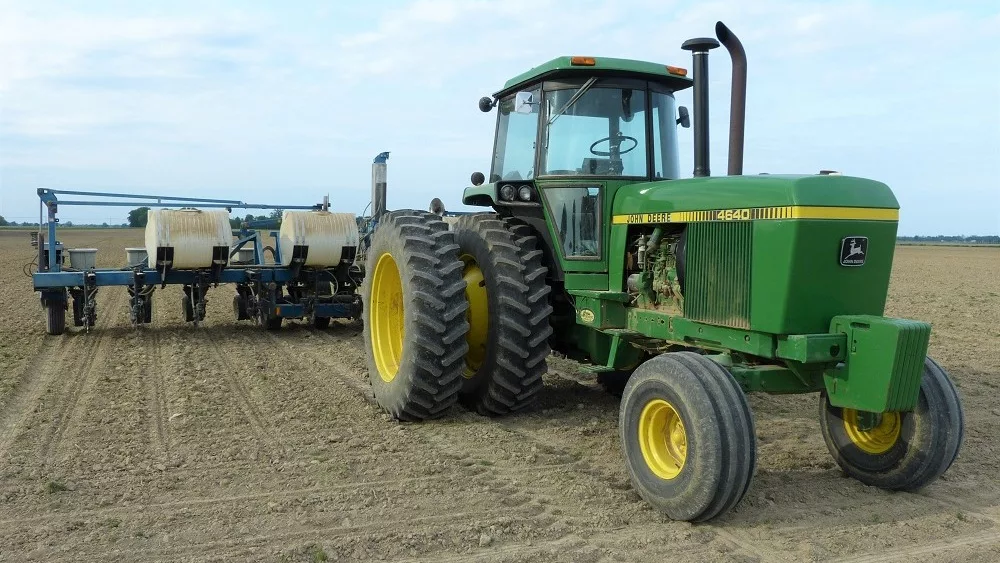The entire 2019 season has definitely not been typical, from spring moving into fall.
Karen Zuver, a Pioneer agronomist, says that with the wet weather and the snow we received earlier this week, soil sampling probably hasn’t been done as much as it should. If soil testing isn’t done later this season, she has a few things to consider.
“Maybe some yield maps and seeing if we have some zones that we need to follow up on and look at those nutrient levels in those zones, as well as going ahead and planning normal soil testing for the spring,” said Zuver.
Whether you use a grid sampling system or you create management zones to farm specifically to your fields , Zuver said we can utilize nutrients in a more specific way.
“Feeding those acres, they’re going to yield more with the appropriate nutrient requirements, and maybe backing off some nutrients in those areas which just aren’t going to be the higher-producing areas of the field, but making sure that we have enough to apply for the next growing season,” she said.
Being more precise reduces input costs, which is important when margins are tight.
“When you look at the overall savings you can have by reducing fertilizer where you don’t need it and putting fertilizer where you do for higher yields, that usually brings back a higher return on your investment,” she said.
Looking ahead to 2020, Zuver says it’s going to be important to look at nutrient levels, especially phosphorus and potassium, in your yield maps.
“We see the stalk integrity issues that we might have had this year, [potassium] helps with nutrient cycling in the plant, and looking at those phosphorus levels as well to make sure we’re keeping those levels up to achieve optimum yield,” she said.
For more information, talk to your Pioneer agronomist.





